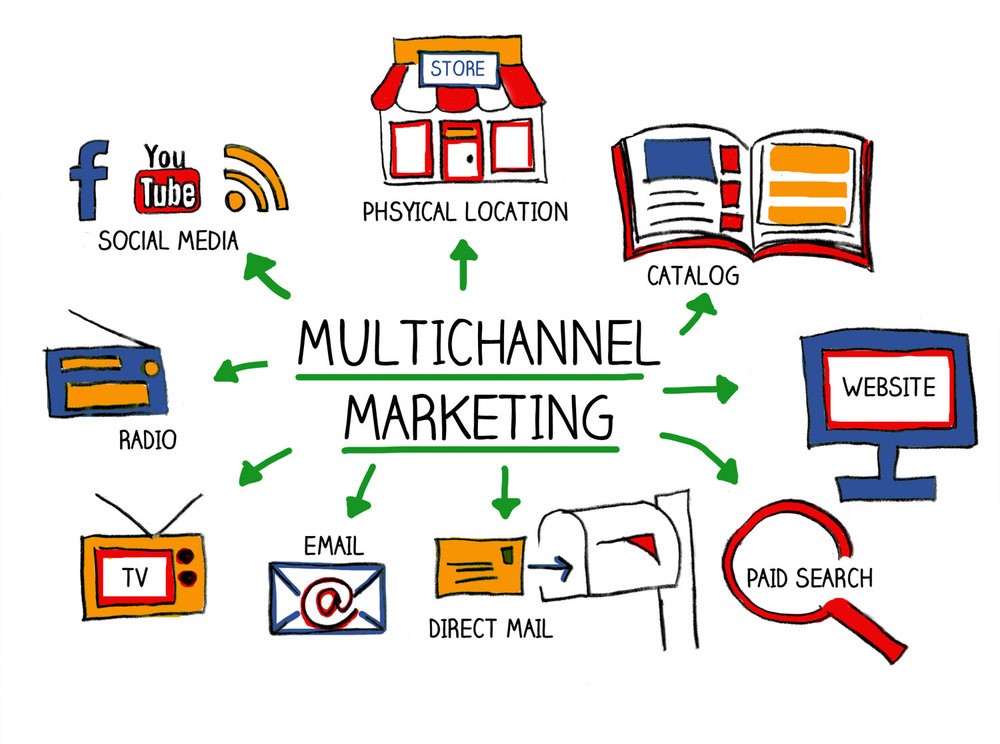UNLOCKING SUCCESS: THE RISE OF SUBSCRIPTION MODELS IN MODERN BUSINESS
In the ever-evolving landscape of business, the traditional models of revenue generation are making way for a more dynamic approach – subscription-based models. The shift towards subscription-based revenue is not just a trend but a strategic move that businesses are adopting to stay relevant, meet customer demands, and secure a stable income stream. In this blog post, we’ll delve into the reasons behind this shift, the benefits for both businesses and consumers, and the key factors driving this change.
The Subscription Revolution
In recent years, the business world has witnessed a revolution as companies across various industries transition from one-time transactions to subscription-based revenue models. Whether it’s software services, streaming platforms, or even traditional products, the subscription model is becoming the new norm. Social media is abuzz with conversations about the advantages of this shift, and hashtags like #SubscriptionEra and #BusinessTransformation are trending as businesses embrace this change.
Customer-Centric Approach
One of the primary drivers behind the adoption of subscription models is the desire to create a more customer-centric approach. Businesses are recognizing the need to build long-term relationships with their customers, and subscription models provide the perfect avenue to achieve this. By offering a continuous service or product, companies can ensure ongoing customer engagement and satisfaction, leading to increased loyalty.
Predictable Revenue Streams
From a business perspective, the subscription model provides a predictable and steady revenue stream. Unlike traditional models where sales might fluctuate, subscriptions guarantee a regular influx of income. This predictability allows businesses to plan more effectively, allocate resources efficiently, and invest in innovation and improvement, all of which are critical elements in the fiercely competitive market.
Adaptation to Changing Consumer Behavior
Consumer behavior is constantly evolving, and businesses are quick to adapt. The rise of subscription models aligns with the changing preferences of consumers who increasingly value access over ownership. The convenience of having continuous access to a service or product without the hassle of repurchasing is appealing to the modern consumer, and social media discussions around #SubscriptionLifestyle are a testament to this shift.
Diversification and Scalability
Subscription models also empower businesses to diversify their offerings and scale more effectively. With a steady income stream, companies can explore new products or services without the pressure of immediate profitability. This flexibility encourages innovation and allows businesses to stay agile in responding to market trends. The trending hashtag #SubscriptionInnovation reflects the excitement surrounding the creative possibilities unlocked by subscription-based revenue.
Challenges and Considerations
While the benefits of subscription models are apparent, businesses must navigate challenges such as customer retention, pricing strategies, and competition. Social media discussions using hashtags like #SubscriptionStrategies and #RetentionTips are helping companies share insights and solutions to overcome these hurdles. It’s crucial for businesses to stay informed and agile in this rapidly changing landscape.
Conclusion
As businesses shift towards subscription-based revenue models, the landscape of commerce is undergoing a profound transformation. The conversation around this shift is vibrant on social media platforms, with hashtags reflecting the enthusiasm and curiosity surrounding the subscription era. Whether you’re a business owner looking to adapt or a consumer enjoying the benefits, the subscription model is undoubtedly reshaping the way we engage with products and services. Embracing this change and staying attuned to the evolving trends will be key for businesses aiming not just to survive but thrive in the subscription era.
![]()
![]()


![]()
![]()













 Monitor and Adjust:
Monitor and Adjust:


